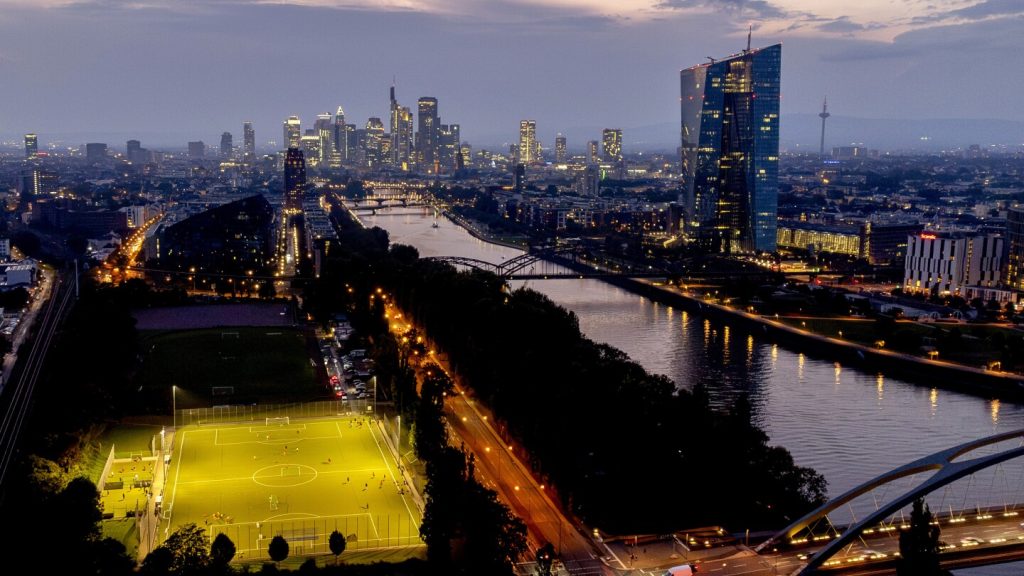Despite the European Central Bank’s target of 2%, inflation in the eurozone fell to 1.8% in September, the lowest in over three years. This drop is largely attributed to falling energy prices, providing relief to consumers who had been facing double-digit inflation. The ECB may respond with faster interest rate cuts to stimulate economic growth, with economists speculating about a possible rate cut at the upcoming meeting on October 17th. Previously, it was expected that the central bank would wait until December to lower borrowing costs.
The ECB faces a delicate balance between controlling inflation and stimulating economic growth. Higher interest rates can help combat inflation by reducing demand for goods and putting downward pressure on prices, but they can also slow economic activity. Central banks around the world, including the ECB and the U.S. Federal Reserve, are now in the process of scaling back the rate hikes implemented in response to post-pandemic inflation spikes and geopolitical tensions, such as Russia’s invasion of Ukraine. The Fed recently cut rates by a substantial half-percentage point at its last meeting.
The disruption caused by Russia’s natural gas pipeline cuts to Europe following the invasion has since eased, leading to lower energy prices in the region. As a result, inflation has decreased to a more manageable level, allowing central banks to cautiously reduce rates in order to support economic recovery. However, economists anticipate a slight uptick in inflation before the end of the year, with certain measures of inflation still showing elevated levels, particularly in services prices. ECB President Christine Lagarde has emphasized the importance of data-driven decision-making and has not committed to a specific rate cut schedule, preferring to assess economic indicators on a meeting-by-meeting basis.
Despite the overall decrease in inflation, concerns remain about uneven economic growth across the eurozone. In Germany, the largest economy in the currency bloc, inflation was also below the ECB’s target at 1.8%. This is partly due to weak growth in the German economy, which only expanded by 0.3% in the second quarter. Consumer spending remains lackluster amid ongoing geopolitical tensions and reports of layoffs or potential job cuts at major companies. The situation is similar in Italy, the third-largest economy in the eurozone, where inflation is well below the target at 0.8%. These economic challenges highlight the need for coordinated efforts to address the dual goals of controlling inflation and stimulating growth within the eurozone.
In conclusion, the recent decline in inflation in the eurozone, coupled with tepid economic growth, presents complex challenges for the ECB as it navigates the delicate balance between controlling inflation and supporting recovery. The prospect of faster interest rate cuts to stimulate growth reflects the ongoing uncertainties facing the global economy, including geopolitical tensions and supply chain disruptions. As central banks adjust monetary policy in response to changing economic conditions, policymakers must remain vigilant in monitoring inflationary pressures and adapting their strategies to ensure stability and sustainable growth in the eurozone and beyond.


